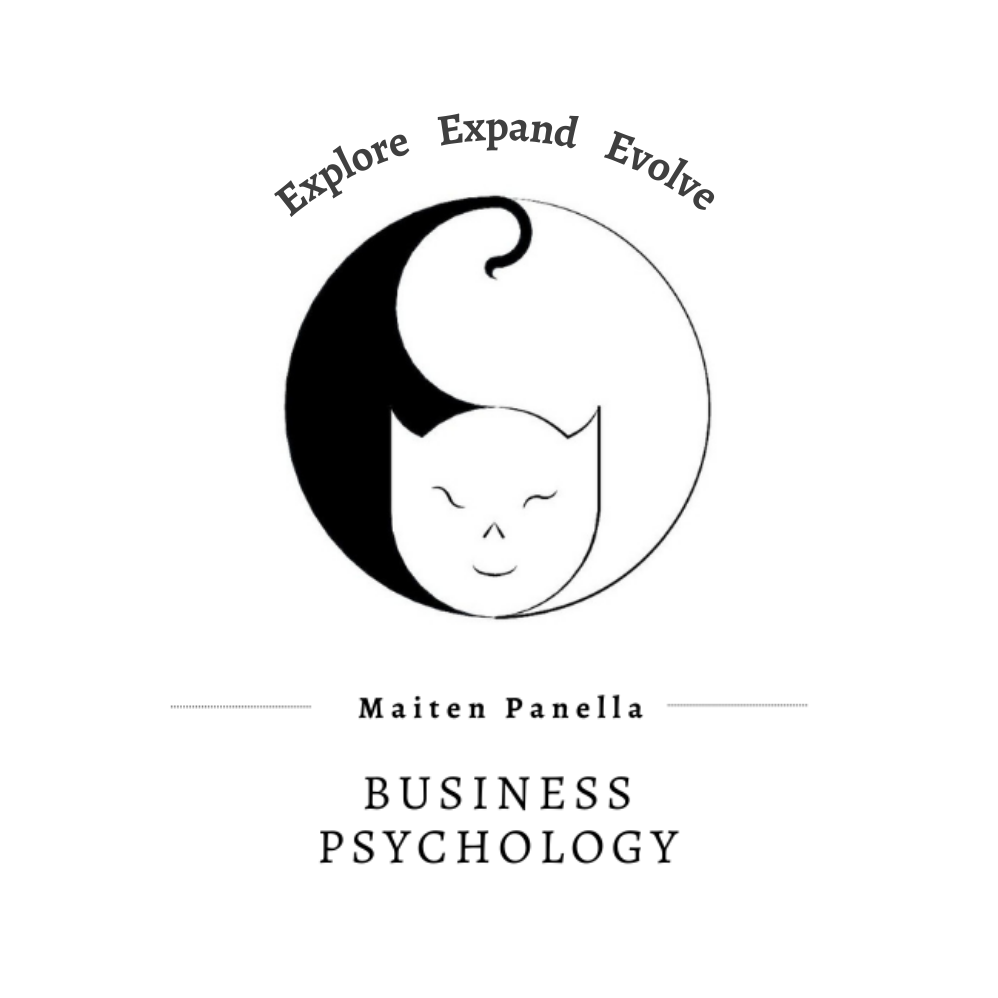Leading with Empathy: an essential skill for success
Leading with empathy makes the whole difference. In this article, we already discussed the meaning of empathy, the difference between cognitive, emotional and compassionate empathies and … Read More





